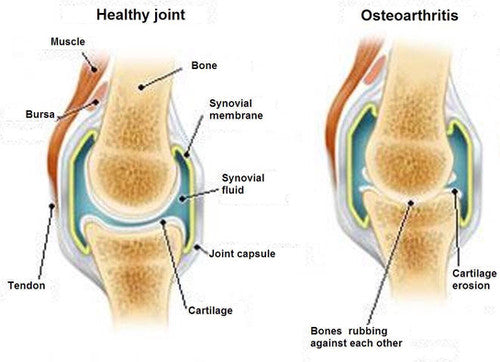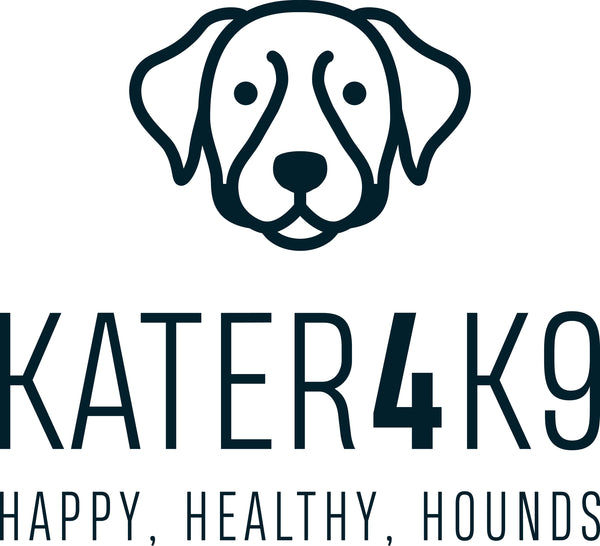As a devoted dog owner, ensuring the health and well-being of your furry companion is likely a top priority. Among the many health issues that can affect dogs, elbow and hip dysplasia are significant concerns, especially in certain breeds. These conditions can impact your dog’s quality of life, causing pain and limiting mobility. Understanding the intricacies of elbow and hip dysplasia, their causes, symptoms, and treatment options can help you take proactive steps in managing and potentially preventing these conditions.
What is Elbow Dysplasia?
Elbow dysplasia is a complex and multifactorial disease involving multiple developmental abnormalities of the elbow joint. It primarily affects large and giant breeds, such as Labrador Retrievers, German Shepherds, and Golden Retrievers. The condition typically manifests in young dogs, usually between the ages of 4 to 18 months.
Causes and Pathophysiology
Elbow dysplasia involves a combination of genetic and environmental factors. It encompasses several specific conditions:
1. Ununited Anconeal Process (UAP): The anconeal process, a bony projection in the elbow, fails to fuse properly during growth.
2. Fragmented Coronoid Process (FCP): A portion of the coronoid process, another bony projection, breaks off.
3. Osteochondritis Dissecans (OCD): Abnormal cartilage development leads to a flap or crack in the cartilage of the elbow joint.
These abnormalities cause incongruity within the joint, leading to pain, inflammation, and ultimately osteoarthritis.
Symptoms
Common signs of elbow dysplasia include:
• Lameness or limping, often worsening after exercise
• Stiffness, especially after rest
• Reluctance to play or climb stairs
• Swelling around the elbow joint
What is Hip Dysplasia?
Hip dysplasia is another hereditary condition where the hip joint fails to develop properly. It is prevalent in large breeds like the German Shepherd, Labrador Retriever, and Great Dane, but can also affect smaller breeds.
Causes and Pathophysiology
Hip dysplasia is primarily a genetic disorder, though factors like rapid weight gain and excessive growth can exacerbate the condition. In a normal hip, the ball (femoral head) fits snugly into the socket (acetabulum). In a dysplastic hip, there is a laxity of the joint, causing the ball and socket to be misaligned. Over time, this leads to joint instability, abnormal wear, and osteoarthritis.
Symptoms
Signs of hip dysplasia can vary in severity:
• Difficulty getting up or lying down
• Hind limb lameness or limping
• Decreased activity or reluctance to exercise
• A “bunny hopping” gait
• Pain or stiffness in the hip area
Diagnosis
Early detection of both elbow and hip dysplasia is crucial for effective management. Veterinary professionals use a combination of physical examinations, X-rays, and advanced imaging techniques like CT scans and MRI to diagnose these conditions. Genetic testing can also identify predisposition to dysplasia, particularly in breeding dogs.
Treatment Options
Treatment for elbow and hip dysplasia aims to alleviate pain, improve joint function, and slow the progression of arthritis. Options vary depending on the severity of the condition.
Conservative Management
• Weight Management: Maintaining an optimal weight reduces stress on the joints. (See our obesity blog for more information)
• Exercise: Regular, low-impact activities such as swimming can strengthen muscles without overloading the joints.
• Physical Therapy: Techniques like hydrotherapy and massage can improve mobility and reduce pain.
• Medications: Non-steroidal anti-inflammatory drugs (NSAIDs) and supplements that offer scientific researched levels of glucosamine, chondroitin and collagen can help manage pain and inflammation.
Surgical Interventions
In more severe cases, surgery may be necessary:
• Arthroscopy: Minimally invasive surgery to remove bone fragments or repair cartilage.
• Osteotomy: Realignment of bones to improve joint congruity.
• Total Joint Replacement: Replacement of the hip or elbow joint with an artificial implant.
Preventive Measures
While genetic factors play a significant role, there are steps you can take to minimize the risk of dysplasia in your dog:
• Breeding Practices: Select breeders who screen for dysplasia and other genetic disorders.
• Nutrition: Provide a balanced diet, especially during the growth phase, to prevent excessive weight gain.
• Exercise: Avoid strenuous exercise in young, growing dogs to prevent joint stress.
Conclusion
Elbow and hip dysplasia are challenging conditions that can significantly affect your dog’s life. However, with early diagnosis, appropriate management, and preventive measures, you can help your furry friend lead a comfortable and active life. Regular veterinary check-ups and being vigilant about any signs of discomfort or limping in your dog are crucial steps in ensuring their joint health and overall well-being.

